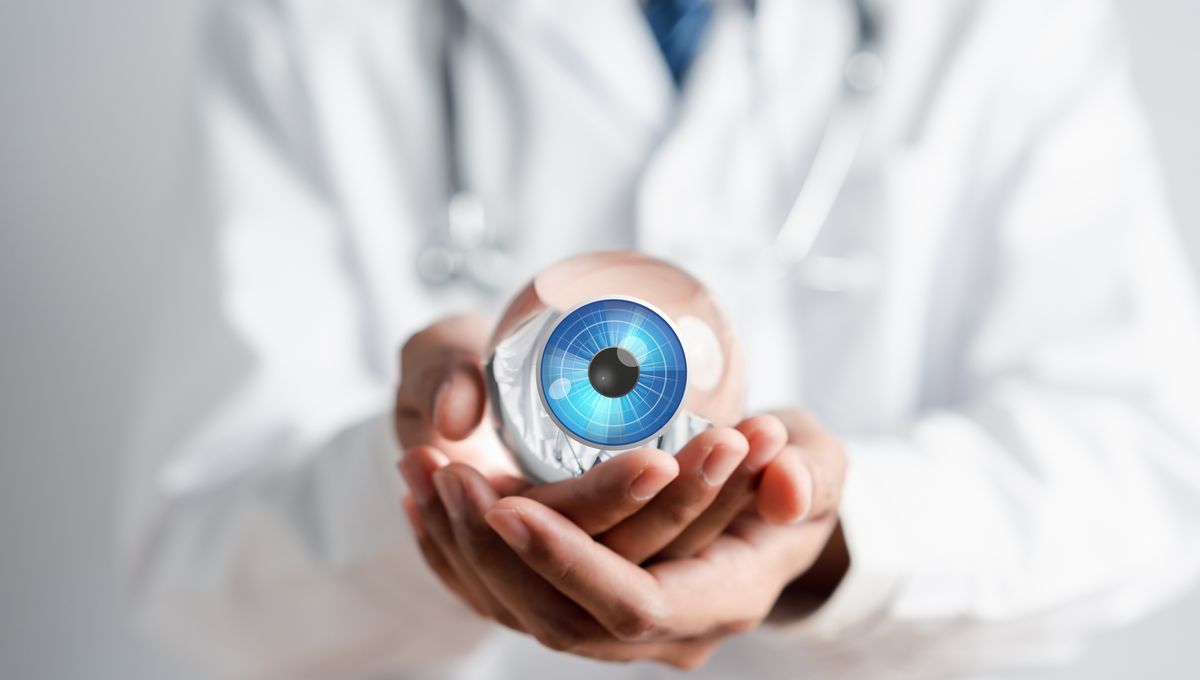
For the first time in Canada, surgeons have successfully carried out the first stage of a procedure involving implanting a tooth into the eyes of people with a type of severe blindness in the hopes of restoring their vision.
ADVERTISEMENT
The operation o known as osteo-odonto-keratoprosthesis, or “tooth-in-eye” surgery – was recently carried out at Mount Saint Joseph Hospital in Vancouver in three patients with severe corneal blindness. The cornea is the clear outer layer at the front of the eye that allows light to enter and be focused; in people with corneal blindness, this layer is scarred, affecting its transparency and thus their ability to see.
Tooth-in-eye surgery aims to change that in the space of just two surgeries. The first step is two-fold; one part sees the removal of the patient’s cornea and any scar tissue, replaced with tissue taken from their cheek.
This first step also involves the creation of the implant. This involves the extraction of one of the patient’s teeth, which is shaved down into a rectangle with a hole drilled into it that will hold a plastic optical lens. The crafted tooth is then placed inside the patient’s cheek, where it stays for around three months in order to develop new tissue and a blood supply.
Once that’s happened, in the second stage, surgeons remove the implant from the cheek and put it into the eye, where the plastic lens allows light through, restoring the patient’s vision. “It’s like replacing the windshield on a car when it’s totally frosted over,” Dr Greg Moloney, who led the Canadian surgeries, told the Vancouver Sun.
ADVERTISEMENT
It might sound a bit gross to put someone’s tooth in their eye, but it actually makes a lot of sense; both the fact that teeth are super hard and that it’s the patient’s own tooth increase the chances that the implant will last long term.
The procedure isn’t completely risk-free, Moloney told CBC Radio’s As It Happens, but “there is no risk of rejection, because we’re using part of the patient’s own body.”
The trio of patients are set to undergo the second surgery later this year. One of those patients, Gail Chapman, was the first to receive the initial surgery and is hopeful of what the procedure could mean for her future.
“I haven’t seen myself for 10 years,” Chapman told the Vancouver Sun. “If I’m fortune enough to get some sight back, there will be wonderful things to see.
ADVERTISEMENT
While this was a Canadian first, tooth-in-eye surgery is far from new. It’s been around since the 1960s, when it was pioneered by Italian ophthalmologist Professor Benedetto Strampelli, and was later refined into the procedure that it is today.
Source Link: Surgeons Can Implant Teeth In Blind Patients’ Eyes To Restore Their Sight